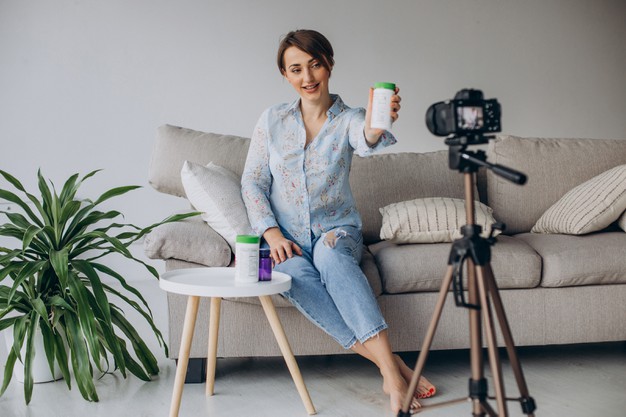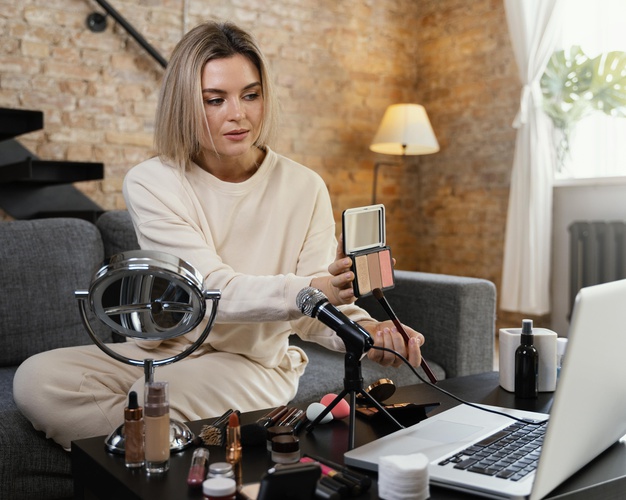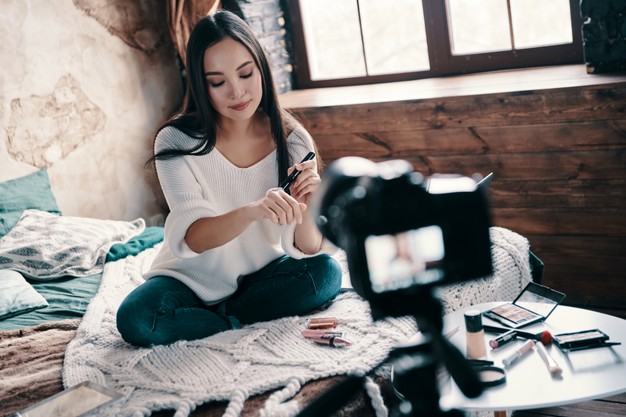
The global market is flooded with beauty products. It is estimated that the beauty industry globally will be worth USD 438.38 billion by 2026. The rise of eCommerce has also made it easier for beauty brands to compete with the established players in the market and increase product outreach. Whether it is a shop on Instagram or a standalone website, the options are plenty.
Beauty brands often use testimonials to back their claims and lure in more buyers. When you read about a serum that ‘took ten years off someone’s face,’ it instantly convinces you to try out the product. Usually, brands rely on both user and influencer or celebrity reviews. While user reviews are supposed to be an honest and unedited experience with a product, celebrity/influencer collaborations are sponsored.
Can you trust all beauty reviews?

Unfortunately, word-of-mouth recommendations are not always very trustworthy. There are instances of brands asking their employees to post favorable reviews on sites like Sephora. And some reviews straightaway sound like advertisements.
Given that most online shoppers read product reviews before purchasing any beauty product, misleading testimonials can make it extremely difficult for them to shop confidently. Moreover, since the idea of beauty is highly personal, trust is a critical element – after all, everyone wants to use that face cream with rave reviews and age gracefully.
Before you go ahead and splurge on another beauty product, here are some ways to spot a fake review so that you know what types of testimonials are trustworthy and whether the product is really worth it:
Fake reviews on websites are usually often extremely lengthy and filled with too many technical terms. You may also notice buzz words used repetitively or industry-specific terms that an average user may not be familiar with, or even too many spelling errors. An honest review should talk about the first impressions about the product, personal experiences of using it, list the pros and cons, and then recommend whether one should try it out or give it a miss.
For instance, if you are checking out the reviews of a moisturizer and you come across phrases such as “moisturizing,” “life-changing,” “overnight miracle,” “super-hydrating” repeatedly, without explaining the actual benefits experienced by the reviewer, it is likely to be a fake review. Honest reviews emphasize the experience instead of merely exaggerating the properties of a product.
Some of these reviews are extremely positive and never highlight the shortcoming of a product. They seldom talk about the details of a product which is a dead giveaway that the reviewer has not actually used the product. So beware of reviews that claim “instant” results because the product is a “miracle in a bottle.” On the other hand, fake negative reviews end up criticizing the brand instead of focusing on the product itself.
It is also important to look out for the profile of the reviewer. If you see the same person leaving five-star reviews for ten products, chances are that these are fake reviews. Similarly, if someone leaves a bad review for a product and immediately plugs a product from a competitor brand in the same review, there’s a high possibility that it is a fake account created for promotional purposes.
How do you weed out the genuine reviews from the fake ones?

There has been a surge in AI-based software to combat the issue of fake reviews. They can easily spot such reviews with high accuracy. They follow a rigorous process to go through the product reviews, and Q&As posted on various websites and flag the inauthentic reviews. If you are unsure about a review, you can rely on software to double-check.
Several online stores have also started adding a “Verified Buyer” badge to the reviewer’s profile, which lends more authenticity to the review. So choose to read the reviews from verified profiles instead of a nameless one.
Lastly, look for video testimonials instead of text-based testimonials. Video testimonials are difficult to fake — after all, it is a real person and not a bot on camera who is willing to share their experiences with a product. Take, for instance, TULA, a beauty brand that harnesses the power of probiotic extracts & superfoods. Their website has a dedicated testimonials page where the customers have shared video testimonials. As the testimonials feature real women sharing their skincare concerns and how the products from TULA helped them, they come across as more genuine and spark an emotional appeal.
Video testimonials also make it easy for users, such as YouTube beauty influencers, who share their reviews as part of a brand collaboration to disclose the sponsorship. Besides, as video testimonials connect with the user at a deeper level, it is easier to spot whether the reviewer is following a script or sharing genuine experiences.
And in case you are worried that creating a video testimonial sounds like a lot of work, here’s a hack – use Clipchamp.com. It’s a free online video editor and testimonial maker making it super easy for customers to edit videos and create testimonials of their favorite product. They can record the video using the webcam of their laptop and show the product in action.
Final Words

We live in a time when brands are willing to do anything to sell their products, and the internet is getting saturated with targeted ads. However, if you pause for a minute and thoroughly scan the reviews online, chances are that you will be able to spot authentic feedback about the product that you are eyeing.












